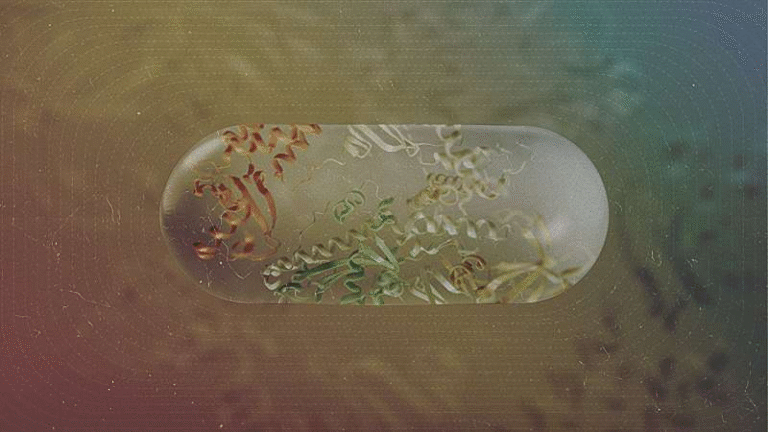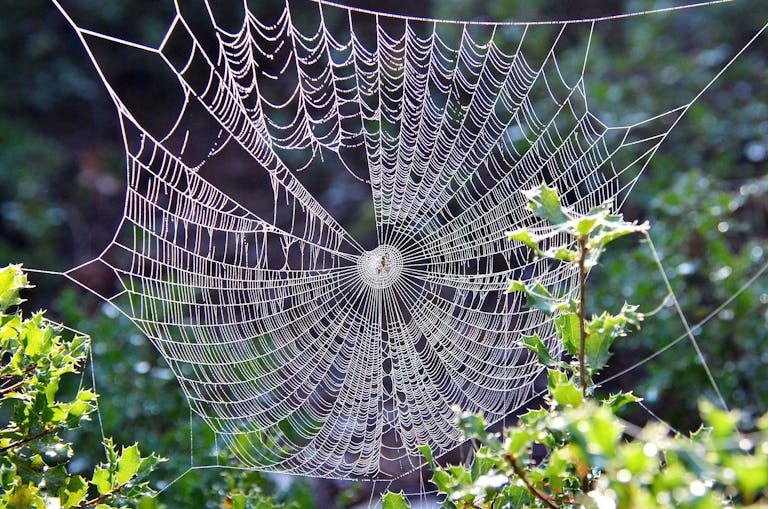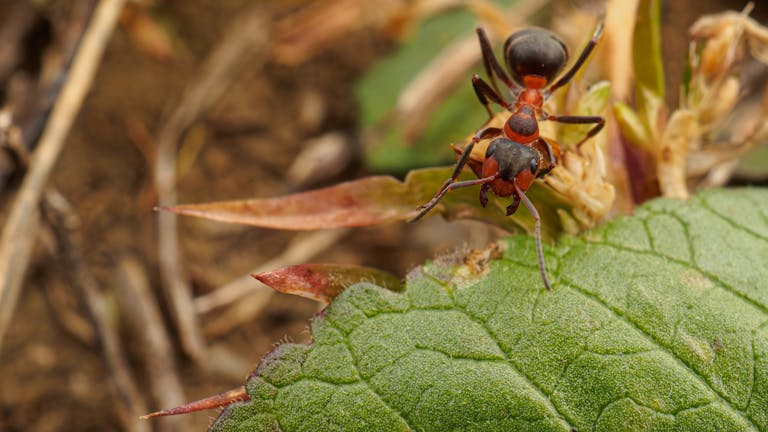Cells Have a Startling Way of Healing — But It Comes With a Risk

When we think about healing, we often picture the body patching itself up in neat, organized steps. But scientists at Washington University School of Medicine in St. Louis and Baylor College of Medicine have just revealed something messier, stranger, and more surprising: cells can essentially “vomit” their insides to help repair damage. This newly discovered process is called cathartocytosis, and while it sounds a little gross, it might hold the key to faster recovery — and also explain why healing sometimes goes very wrong.
A Strange Shortcut to Healing
Normally, when a cell is injured, it relies on a few well-known repair strategies. It can self-destruct to prevent further harm, or it can rewind itself into a more primitive, stem cell-like state to start fresh and rebuild tissue.
But researchers found something unexpected when studying mouse stomach injuries. Instead of quietly recycling waste inside, some cells just ejected chunks of their own machinery through openings in their membranes. This quick purge helps them reset into a stem cell-like state faster than the usual slower methods.
The researchers named this process cathartocytosis, from Greek words meaning cellular cleansing. Think of it like hitting a reset button — but instead of tidying up, the cell just dumps the clutter out onto the floor.
Why Would Cells Do This?
For a cell under stress, time is critical. If it takes too long to reset, the tissue around it can suffer lasting damage. Cathartocytosis offers a rapid shortcut. By spitting out unnecessary parts, the cell can focus on dividing and repairing the injury.
This kind of efficiency could be hugely beneficial in the short term. The researchers suspect it isn’t limited to the stomach — the same mechanism might be at work in other tissues, quietly helping us heal after injuries or infections.
The Messy Downside
Of course, shortcuts often come with hidden costs. In this case, cathartocytosis is fast but disorderly. The expelled waste doesn’t just vanish — it lingers outside the cells. Over time, this buildup may create problems of its own, fueling chronic inflammation and making tissues more vulnerable to cancer.
The researchers worry that if damaged or aging cells repeatedly use cathartocytosis, the chaotic waste dumping could create the perfect environment for harmful mutations to spread. In fact, they now believe that tracking these waste piles might help detect precancerous changes early.
Tied to a Bigger Healing Process
The discovery came while studying paligenosis, a process first described in 2018 where mature cells revert into stem cell-like states. At first, scientists assumed cells handled the cleanup slowly inside special compartments called lysosomes. But when they kept seeing debris scattered outside cells, they realized something new was happening.
Cathartocytosis, it turns out, is part of paligenosis — a wild, messy side effect that had gone unnoticed until now.
What This Means for Health and Disease
One of the most intriguing possibilities is that cathartocytosis could play a role in stomach infections caused by Helicobacter pylori, a bacteria linked to ulcers and stomach cancer. If the infection keeps cells stuck in this chaotic purge cycle, it might explain why inflammation persists and why cancer risk increases.

Researchers are already thinking about practical uses. They’ve developed an antibody that can detect the expelled waste, potentially serving as a biomarker for early cancer detection. Imagine being able to spot cancer-prone changes before they fully develop — all because cells left behind a messy trail.
Looking Ahead
Cathartocytosis is still a brand-new discovery, and much more research is needed. But it’s a fascinating reminder that biology doesn’t always play by neat, textbook rules. Sometimes, healing is messy, unexpected, and a little gross — but understanding it could help us guide cells to repair without tipping into disease.
Scientists are now asking: can we encourage the good side of cathartocytosis while blocking the harmful consequences? If so, this odd cellular purge could one day inspire treatments that heal faster, safer, and smarter.
40-Word Summary
Scientists discovered cathartocytosis, a strange healing shortcut where cells “vomit” waste to reset into stem-like states. While it speeds recovery, the messy process fuels inflammation and cancer risk. Researchers hope to harness its benefits while minimizing its dangerous side effects.
Source: Cathartocytosis: Jettisoning of cellular material during reprogramming of differentiated cells





